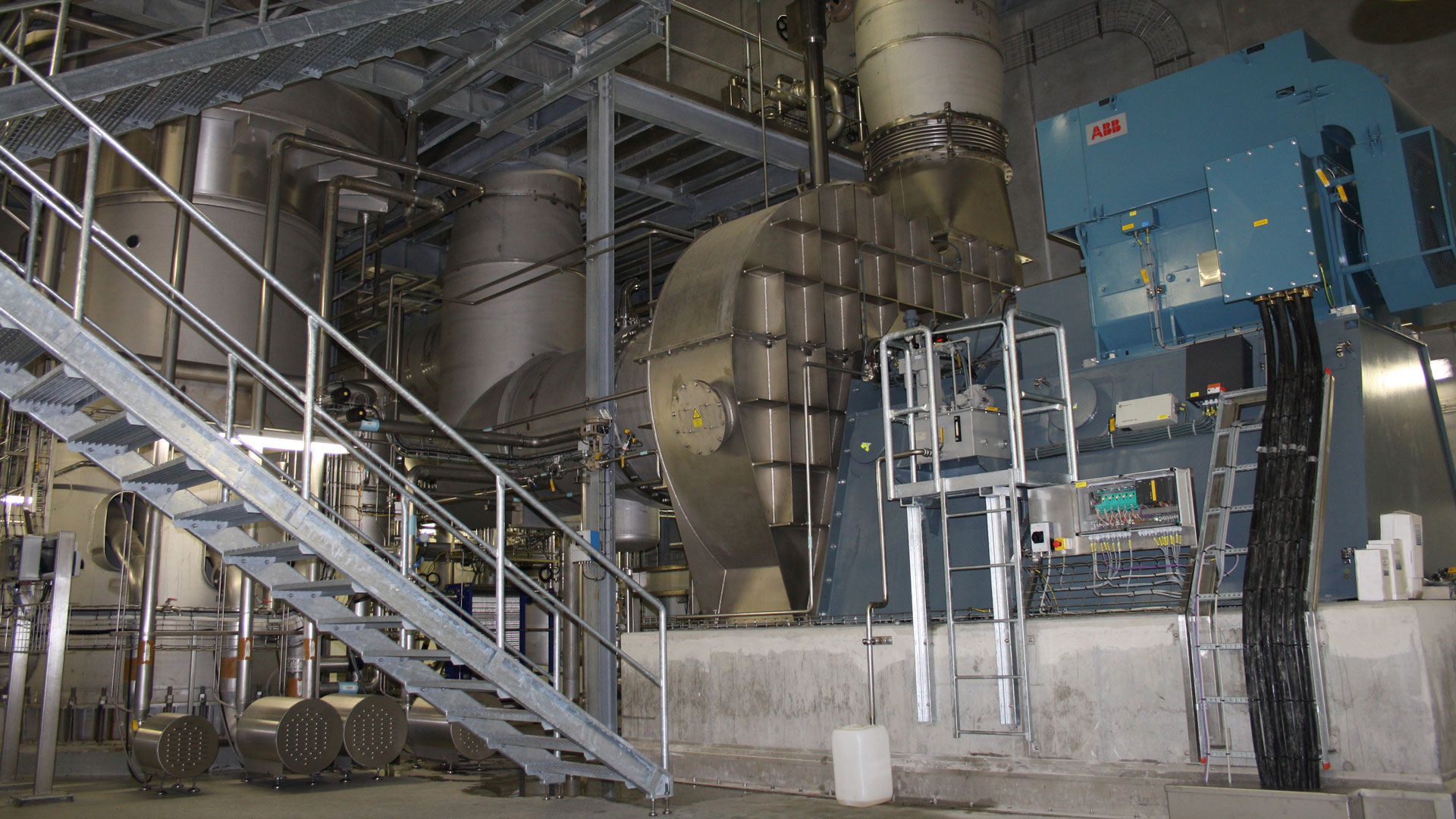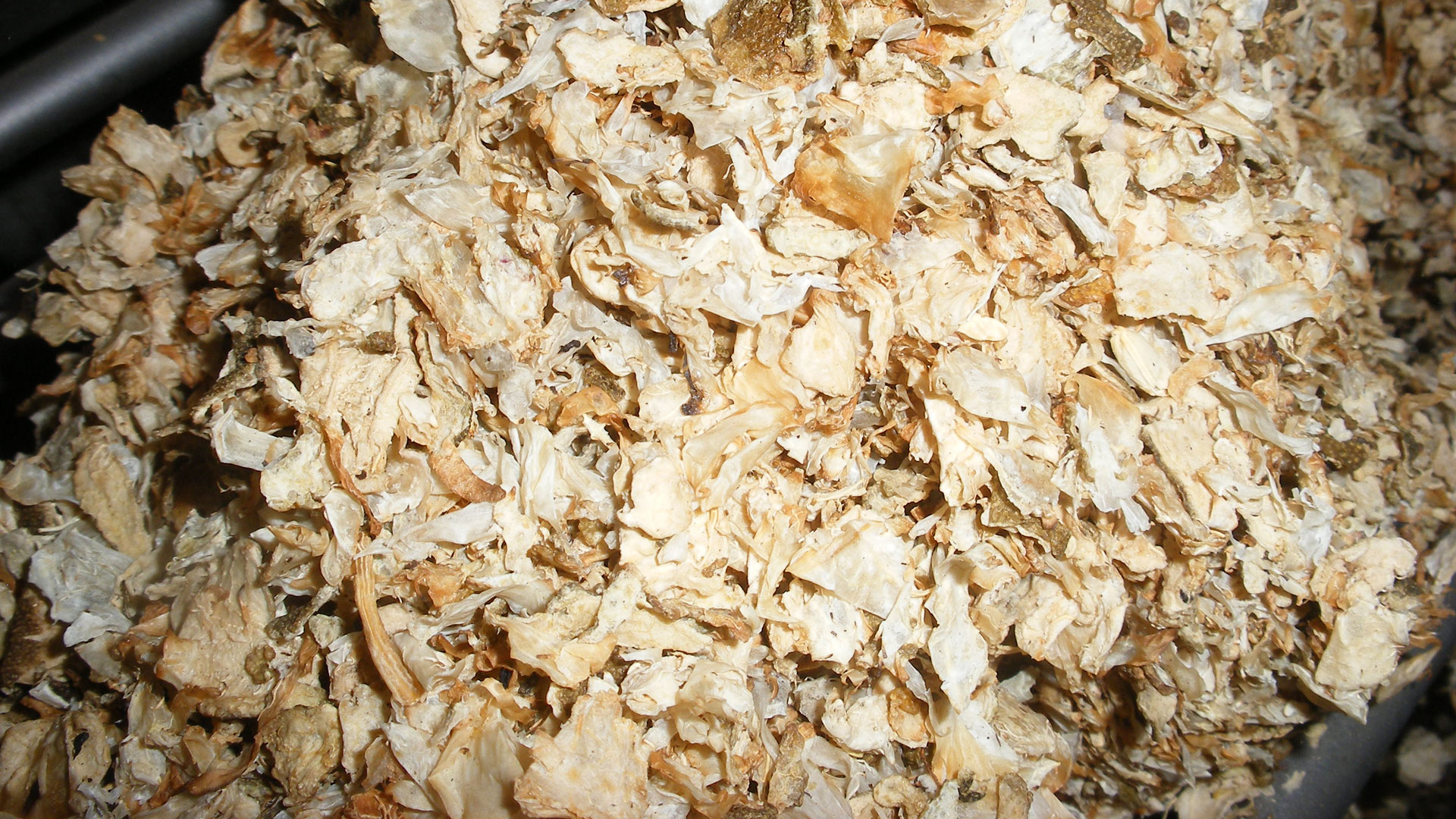Heat pumps in development
By autumn 2020, the company had already prepared a master plan for the electrification of the entire Danish production by 2031. As the project requires a three-digit million investment in new energy-efficient technology for the evaporation and distillation processes, among other things, CP Kelco has applied for partial EU funding for its ambitious project and is in dialogue with the Danish Energy Agency about possible funding if the electrification project is to be realized.
The collaboration with the two DTU students, Niklas Bagge Mogensen and Morten Sandstrøm Petersen, continued beyond the report. They were both subsequently employed by Viegand Maagøe, a partner from the research project who specializes in electrification and is a CP Kelco advisor. And Niklas Bagge Mogensen still plays an important role as one of two key people in the continued collaboration with CP Kelco.
The electrification project will not only reduce CP Kelco’s carbon emissions but also the overall energy comsumption. CP Kelco’s total energy consumption will be reduced by 75 per cent from 400 to 100 gigawatt hours.
Vegard Hetting, Head of Engineering & Operations Support at CP Kelco’s factory in Lille Skensved, says:
“There’s greater potential in saving energy than in capturing CO2.”
One of the ways CP Kelco will realize its electrification plan is through large-scale heat pumps. And this is where it now faces a significant problem, because some of the processes take place at temperatures of up to 120°C, and there are currently no heat pumps that can beneficially be used at such high temperatures.
“If you have a heat demand below 100°C, there’s no problem with using heat pumps. But if you want to go higher, the efficiency of the heat pumps becomes so low that it’s in competition with the solutions we know today,” says DTU professor Brian Elmegaard, who conducts research into the electrification of the process industry.
Therefore, DTU is taking part in the SuPrHeat research project, the goal of which is to develop heat pumps that will be able to supply up to 150°C heat with a high level of efficiency. The project will run until 2024. CP Kelco is confident that this and similar projects will lead to the development of commercial high-temperature heat pumps by 2031, when the company aims to be fully electrified.
Carbon taxes
However, heat pumps are not the only challenge for CP Kelco and other businesses that use a lot of natural gas. In April this year, the government’s long-awaited proposal on carbon taxes was published. In the proposal, the government proposes a gradual increase in company carbon taxes to DKK 375 per tonne of CO2 emitted from 2025, on top of the existing quota costs of up to EUR 100 per tonne of CO2. To Vegard Hetting, it makes sense to push the industry towards a green transition. But he also shares his concerns:
“If there are politicians who think it’s easy for a business to switch to electricity, then I can tell you that it’s not something you just do. We still have to maintain 24/7 production while going through this whole transition.”
Vegard Hetting thinks there is a risk that production will be moved abroad if it becomes too expensive in Denmark, and the increasing taxes contribute to this factor. Due to the currently extremely high energy prices in Europe, CP Kelco is also moving as much of the production as possible to its production facilities in Brazil. But CP Kelco currently has no plans to pull its business out of Denmark, says Vegard Hetting.
“Our owners aren’t threatening to relocate us. That’s not how we operate. And we also expect to be competitive in Denmark when we’ve reduced energy consumption by 75 per cent with this electrification plan,” he says.
Committed to knowledge sharing
According to the Danish Energy Agency, the food industry accounts for about 20 per cent of the Danish industry’s total energy consumption, and 12 per cent of that is used for various heating purposes and is primarily based on natural gas.
“Potentially, you could electrify virtually all the energy that’s currently based on natural gas,” says Brian Elmegaard.
If all natural gas in the food industry was replaced with renewable energy, it would mean a 1.7 million tonne reduction in carbon emissions annually.
Although there is great potential for electrification, very few have concrete plans for a transition, and even fewer have completed one. But the interest is there—not only at CP Kelco, but in many Danish companies.
“Many people in the industry want to solve this challenge and take part, but obviously they need to be able to see a way to continue with their production,” says Brian Elmegaard.
Recent developments in Ukraine, which have led to skyrocketing natural gas prices and pose a threat to the security of supply, have further accelerated the process towards a green transition.
CP Kelco knows that they are further along in this process than most Danish companies. And being a frontrunner is a big responsibility.
“This project won’t just benefit us. We feel obliged to share our knowledge with the rest of the industry on how to create such a project succesfully,” says Vegard Hetting.

